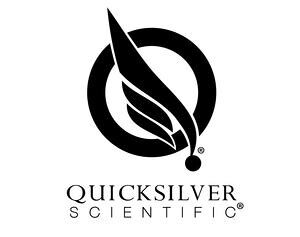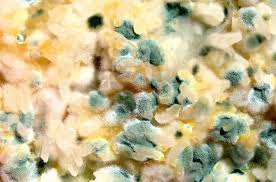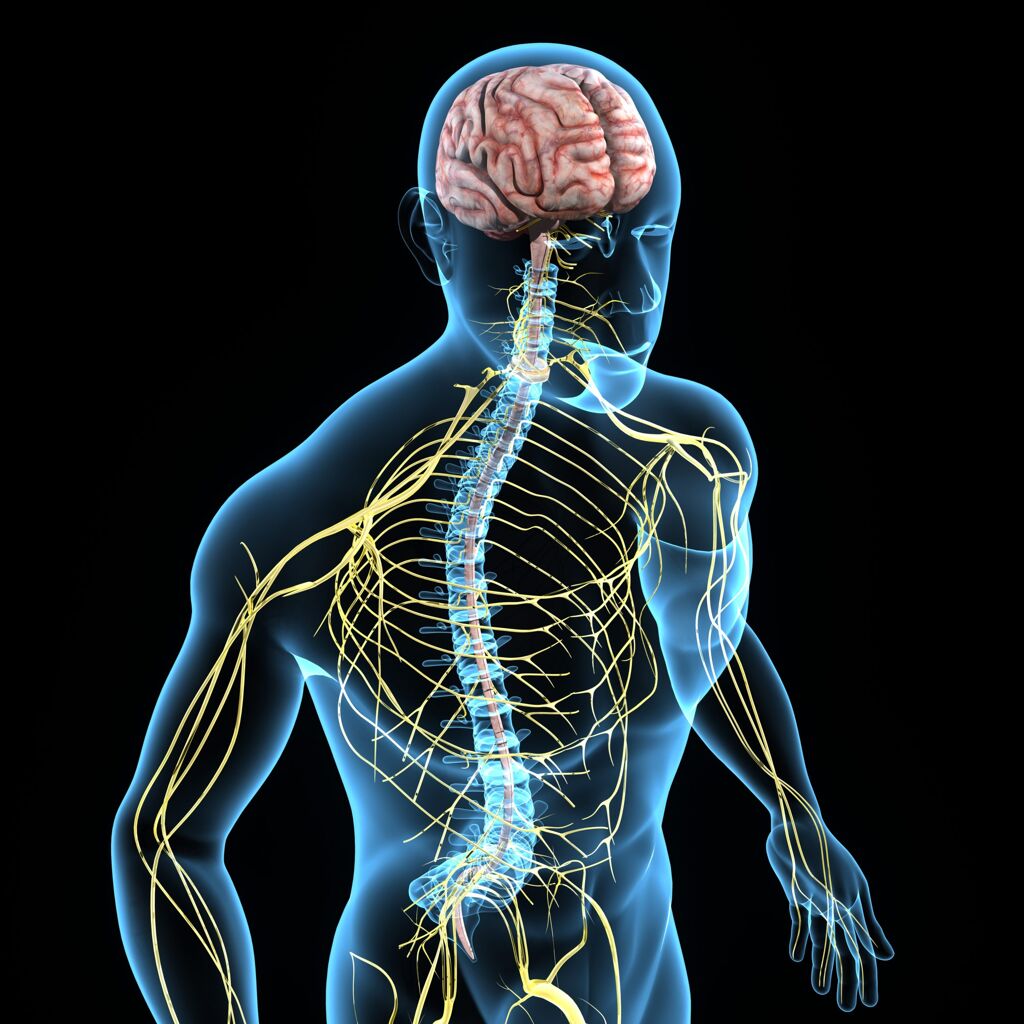Sports Nutrition & ATP Creation: How to Maximize Energy for Sports

This week in our Sports Nutrition series, we discuss ATP, cellular energy and how to maximize energy for sports. And who doesn’t want more energy? Please read on for more details. You can find our last two articles on Sports Nutrition here and here. Please stay with us for more great info on improving your sports performance, throughout the rest of the series.
** Please note: If you want the short summary version of this article with a video, then please click here **
In order to talk about how to maximize energy for sports, let’s make sure we are on the same page with some terms: ATP = ENERGY
ATP is the main source of energy for the body. Every cell uses ATP. It can be stored as energy for future reactions in the cell, or be withdrawn to fuel reactions when energy is required by the cell.
Its full name is adenosine triphosphate. It captures chemical energy from the breakdown of food molecules and releases it to fuel other cellular processes.
All living things use ATP. We need it to fuel all activities and processes of the human body, including, of course, participating in sports.
How is ATP made?
ATP is made in the cells by mitochondria, a cell organelle. Mitochondria are said to be ‘the powerhouse’ of the cell for this reason. Mitochondria use digested food to produce both adenosine triphosphate (ATP) and heat, which can be spent to maintain body temperature (Kramer P, 2017). Each body cell has on average 300 to 400 mitochondria (Kramer P, 2017).
The body makes ATP in the mitochondria, through 3 different processes (ATP-PC, anaerobic glycolysis and aerobic phosphorylation) (Alberts B, 2002). Different starting fuels are needed for each process. These fuels are creatine, glucose and the three macronutrients (protein, fat and carbs) (Alberts B, 2002). The type of sport you are doing determines which process is used. For example, ATP-PC is used for 10 seconds of very high intensity exercise like the 100-meter sprint, high jump or swinging a baseball bat. Glycolysis is for intense activities of 3 minutes or less. Finally, phosphorylation is for long-duration, endurance activities like walking, running, hiking, swimming etc.
How is ATP used?
ATP is used for all cellular processes and all processes requiring energy. For example, ATP is heavily used by the brain, reflected in the high rates of glucose and oxygen it requires (Rajendran M, 2016). The human adult brain uses up to 25% of the body’s energy (Kramer P, 2017).
ATP is necessary for muscle contraction (Bonora M, 2012). As an example, if you decided to go for a run (Science Hub, 2007):
- In the first few seconds your muscle cells would use the ATP they already have stored within them.
- For the next 8–10 seconds, your muscles would use creatine phosphate that is stored in the muscle to provide ATP. Via the ATP-PC system, ATP would be produced for short bursts required by weightlifters or short distance sprinters. ATP is produced quickly but lasts for only 8–10 seconds.
- Next on your run, your body would use anaerobic glycolysis and glycogen for 1.3–1.6 minutes. This is the system used in the 100-meter swim or the 200 – 400-meter run.
- Finally, as you are still running, the aerobic phosphorylation (i.e. ATP using oxygen) process kicks in. This can last for an unlimited time and is the system used in endurance events like marathon running, cycling, rowing, etc.
To Read About Blog Topic, Scroll Down
Want To Work With Our Clinic?
Do you have a chronic or mystery illness that no one has been able to help you with? Are you simply wanting to re-connect with a healthier version of yourself? It’s Time To Finally Feel Better!
Maximizing Energy for Sports
ATP and athletic performance are closely linked. ATP provides energy for muscle contractions, blood circulation and cardiac function, as well as fuels the body for whatever it needs to do (Bonora M, 2012). An athlete accesses and uses ATP stores on a regular basis. ATP has to be replenished in order for the athlete to keep performing, otherwise he/she will run out of fuel, much like a car. In order to support ATP production, we need to look at supporting the mitochondria.
Interestingly, the state of mitochondrial health may also impact one’s social standing and assertiveness (Kramer P, 2017). A study on rats found that poorly functioning mitochondria made less ATP in the brain (Hollis F, 2015). These rats were more anxious and more submissive than rats with healthier mitochondria which made more ATP in the brain (Hollis F, 2015). Also, when given vitamin B3, which improves brain energy metabolism, the rats did not take on a subordinate role to peers (Hollis F, 2015). Researchers think that the human brain would work in a similar manner (Kramer P, 2017). Therefore, beyond sports performance, mental health is affected by the health of the mitochondria.
How to support ATP Production?
For maximum ATP production, it is essential to support and optimize mitochondrial function. For example, stress, certain medications, pesticides and imbalanced gut bacteria composition can all impair ATP production (Kramer P, 2017). Sufficient sleep, regular exercise, relaxation, diet and avoiding overeating are key ways to promote healthy mitochondria function (Kramer P, 2017). Exercise is a key method to stimulate mitochondrial biogenesis, or the growth of new mitochondria (Naoi M, 2019).
Sleep: Sleep is a necessary part of ATP energy metabolism (Andreazza AC, 2010). One of the physiological effects of sleep deprivation is mitochondrial dysfunction (Chanana P, 2016). This has been seen in multiple studies (Andreazza AC, 2010), (Chanana P, 2016) and (Kramer P, 2017). In order to keep mitochondria healthy and producing ATP properly, we need adequate sleep.
Exercise: Exercise encourages greater production of ATP (Kramer P, 2017). In one study, rats that swam 10 or 30 minutes per day had, after 20 weeks, healthier mitochondria than rats that did no exercise (Kramer P, 2017). However, while swimming daily for 10 or even better, 30 minutes enhanced mitochondria, swimming for 60 or 90 minutes decreased mitochondria (Kramer P, 2017). The ideal amount of regular exercise is at low-to-moderate intensities rather than as much as possible (Kramer P, 2017).
Another human study found that high-intensity interval training in aerobic exercises such as biking and walking — caused cells to make more proteins for mitochondria, effectively stopping aging at the cellular level (Robinson MM, 2017). The younger volunteers (18-30 years old) in the interval training group saw a 49% increase in mitochondrial capacity, and the older volunteers (65-80 years old) saw an even more impressive 69% increase in mitochondrial capacity (Robinson MM, 2017). Exercise was proven to restore and prevent age-related deterioration of mitochondria (Robinson MM, 2017). This is exciting both in terms of enhancing sports performance and in terms of anti-aging and longevity strategies.
Stress Management: Low levels of the stress hormone corticosterone, even if chronic, help to strengthen mitochondria (Kramer P, 2017). But higher levels of corticosterone can be harmful to mitochondria (Kramer P, 2017). High levels of chronic stress decrease the mitochondria’s capacity to create energy or ATP (Kramer P, 2017). To decrease these negative effects of stress, it is important to learn how to manage stress. We will never eliminate stress in our lives. However, meditation, yoga, tai chi or prayer can help to cope with stress. These techniques upregulate genes that decrease free radical damage, downregulate inflammation-promoting genes and support the production of ATP and its use by cells (Bhasin MK, 2013).
Diet:
For optimal function, mitochondria require vitamins, minerals, enzymes, cofactors, polyphenols and other nutrients (Kramer P, 2017). Adequate nutrition is essential for ATP production and mitochondrial function. Several specific micronutrients are required for energy metabolism and ATP production (Wesselink E, 2019). These include B vitamins, vitamin C, E, selenium, zinc, coenzyme Q10, melatonin, carnitine, nitrate, lipoic acid and taurine for mitochondrial function (Wesselink E, 2019). Vitamin D is also important. In people with low levels of serum vitamin D, vitamin D supplements make mitochondria work better (Kramer P, 2017). Vitamin B3 helps to stimulate mitochondrial function (Kramer P, 2017). Deficiencies in the micronutrients involved in mitochondrial metabolism are common in our modern diet (Wesselink E, 2019).
The General Diet for Mitochondrial Support (Maximizing Energy)
For optimal mitochondrial function, get plenty of antioxidants and phytonutrients. These are found in vegetables and the importance of vegetables in the diet cannot be overemphasized.
Polyphenols, abundant in fruits and vegetables, are the largest group of phytochemicals. They are antioxidants which reduce free radicals and modulate mitochondrial processes (Dos Santos TW, 2018). They promote mitochondrial biogenesis (i.e. the creation of new mitochondria) and ATP synthesis and can restore mitochondrial function (Dos Santos TW, 2018). Increased biosynthesis of mitochondria improves their function (Naoi M, 2019).
Flavonoids are the most common bioactive polyphenols and more than 6’000 types have been identified (Naoi M, 2019). Flavonoids are divided into subgroups.
The main six subgroups are:
- Flavonols (kaempferol, quercetin, myricetin, rutin) found in broccoli, onion, kale and fruit peels.
- Flavanols (epicatechin (EC), epicatechin-3-gallate (ECG), epigallocatechin-3-gallate (EGCG)) found in green tea, red wine and dark chocolate.
- Flavones (apigenin, luteolin) found in apple skins, parsley and celery.
- Isoflavones (daidzen, genistein) found in soybeans and legumes.
- Flavanones (hesperetin, raringenin) found in citrus fruit and tomatoes.
- Anthocyanins (cyanidin, delphidin, malvidin) found in red wine, cherries, grapes and berries.
Other important phytonutrients include:
- Curcumin, phenolic acids, resveratrol and sesame lignans (sesamin, sesaminol, sesamolin) are neuroprotective antioxidants (Naoi M, 2019).
- Curcumin promotes mitochondrial biogenesis (Naoi M, 2019).
- Resveratrol can stimulate mitochondrial function and biogenesis (Naoi M, 2019).
- EGCG promotes mitochondrial biogenesis in cells.
- Oleuropein, the main polyphenol isolated from extra virgin olive oil, regulates mitochondrial function and biogenesis (Dos Santos TW, 2018).
- Allicin, the main biological compound in garlic, prevents fragmentation of the mitochondria (Naoi M, 2019).
The best way to approach diet for mitochondrial health is to eat a nutrient-dense whole foods diet. These essential nutrients are best found in whole unprocessed foods; fruit, vegetables, fish, shellfish, meats, organ meats, nuts, seeds and fermented foods. It is important to focus on high-quality protein (organic grass-fed meats and wild fish), omega 3 fatty acids (wild salmon, herring, anchovies, sardines, mackerel) and other good-quality fats (olives, olive oil, coconut, coconut oil, avocado, butter or ghee).
For a general template, we like both the gluten-free Mediterranean diet and the Paleo diet.
It is equally important to avoid the foods that harm the mitochondria: sugar, pesticides, alcohol, highly processed foods and refined carbohydrates.
There are some specific foods that support mitochondria and make more ATP:
Beetroot juice: Research has found that 3 days of dietary sodium nitrate improved mitochondrial efficiency and increased rates of ATP production (Holloway, 2017). Beetroot juice contains sodium nitrate and improves mitochondrial efficiency in a similar manner (Holloway, 2017). It is thought that drinking beetroot juice during training increases the creation of new mitochondria (Holloway, 2017).
EPA/DHA: EPA and DHA are omega 3 fatty acids found in fish oil and fatty fish (wild salmon, herring, anchovies, sardines). They are associated with various health benefits, including improvements in protein synthesis, cognitive performance, immune function, bone integrity and cardiovascular function (Holloway, 2017). In addition, EPA/DHA change the composition of mitochondrial membranes and improve exercise responses (Holloway, 2017). Research is not conclusive but does suggest the ability of EPA/DHA to improve sports performance (Holloway, 2017).
Another way to maximize energy for sports can be to take exogenous ATP or mitochondrial support supplements.
Exogenous ATP
The results are mixed; ATP supplements have beneficial effects on physical performance in some but not all studies (Arts ICW, 2012). They can improve blood flow to active tissue, boost physical performance and speed recovery (Arts ICW, 2012).
- Supplementing 400 mg ATP/day for 15 days decreased muscle fatigue and improved participants’ ability to maintain a higher force output, even after an exhaustive exercise session (Rathmacher JA, 2012).
- Oral ATP supplements can increase blood flow, particularly following exercise (Jäger R, 2014). Increased blood flow may be the way in which ATP enhances performance (Jäger R, 2014). It is, though, unlikely that oral ATP can directly increase intramuscular ATP stores (Jäger R, 2014).
- In one study, 400 mg of oral ATP daily demonstrated performance enhancements (Wilson JM, 2013). The ATP supplement was taken in conjunction with high intensity training, resulting in increased muscle mass, lean body mass, strength and power compared with a placebo-matched control (Wilson JM, 2013). Additionally, in combination with greater training frequencies, oral ATP may prevent typical declines in performance that are can happen with overtraining (Wilson JM, 2013).
However, there are issues with the bioavailability of ATP supplements which explains why they do not appear to get consistent results. There have been beneficial findings, then equally, studies report no improvements in muscle strength, power output or endurance after supplementing ATP (Arts ICW, 2012). Another study found that a single dose of ATP supplement is not bioavailable, and that more studies are needed to determine whether consistent ATP supplementation will enhance its bioavailability and effectiveness (Arts ICW, 2012).
For the recreational athlete, the first step should be to support the mitochondria and ATP production through diet and lifestyle modifications. Follow our tips above on diet and lifestyle (sleep, exercise and stress management).
There are mitochondrial support supplements which can be more effective than exogenous ATP. We will discuss these supplements, such as NAC, ALA, CoQ10, carnitine, creatine and others in detail in our blog next week. Please check back with us to find out more!
* Thanks for tuning into this article on maximizing energy for sports. Stay tuned for next week’s article on Sports Nutrition & Supplements for Mitochondrial Health *
Are You Suffering From A Chronic Illness?
Does your current health situation look like this…
- Do you feel that you have tried many things and either nothing works, or the treatment does not hold?
- Have you been told that there is nothing that can be done to reverse your illness and you just need to manage symptoms?
- Does your illness impact your work, your family, your happiness and your social life?
We specialize in finding answers and solutions for complicated chronic illness when people feel like they have tried everything. If this sounds like you, book a free call with us to see if we are the right fit for your health goals.
Dr. Miles has spoken for the following organizations:

















